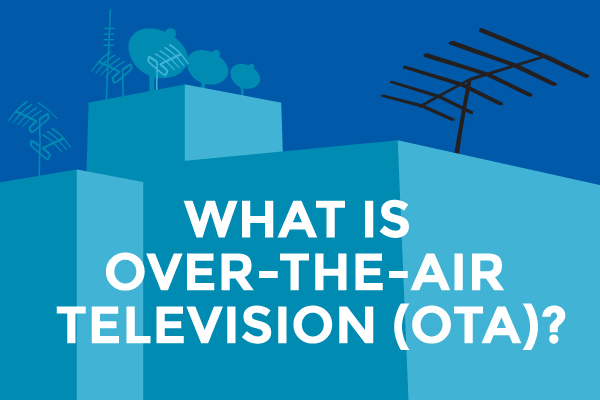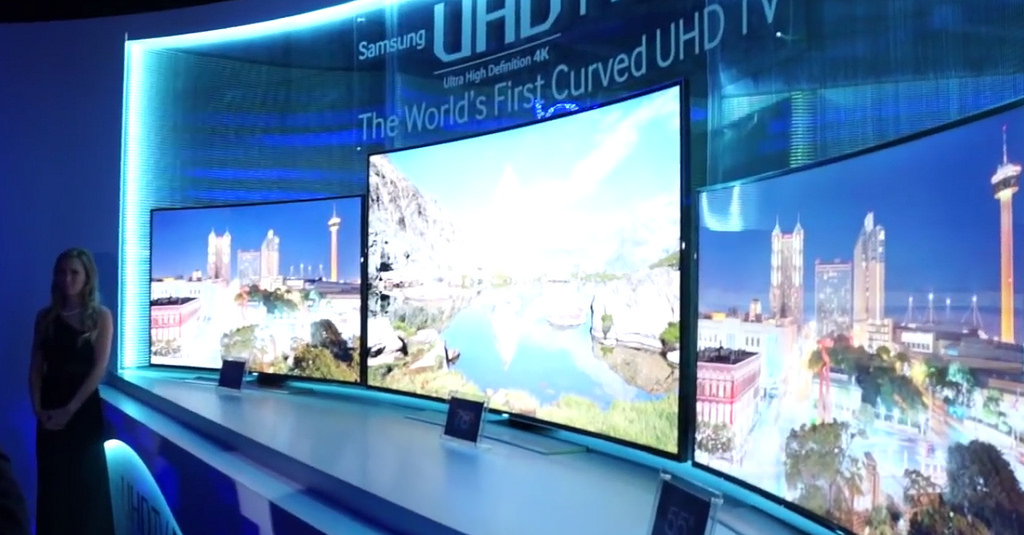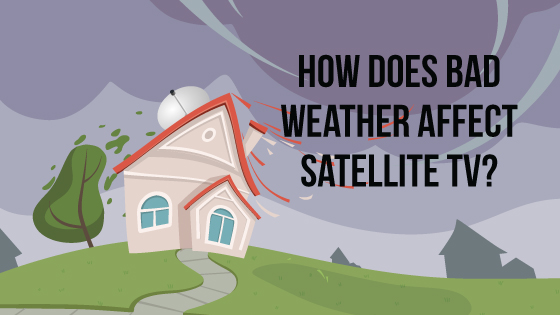If the thought of your monthly cable payments is enough to make you sick, there could be a different option. If you’ve never heard of over the air television, now’s your chance to find out how this cable alternative could allow you to watch your shows without being in debt to cable companies.
What Is Over the Air Television?
There’s a good chance your local television stations are broadcasting high definition programming that you can catch just by being in range with a receiver. A basic television antenna allows you to take part in these local broadcasts without paying for their broadcasting.
If that sounds too good to be true, don’t worry. It’s all real, and it’s totally legal. You only need a few basic tools to begin watching local programming. You can even get an OTA compatible DVR to record shows you can’t watch live, effectively ending one of the main reasons peoples stick with cable in the first place.
The History of OTA
In the past, the only way to get a television signal was from an antenna. Cable began to take a share of that market, and soon, more people were subscribed to the reliable streams of their cable packages.
In 2009, the FCC mandated that broadcasts finally make the switch to a digital signal. Many people upgraded their equipment to cable, but some bought digital receivers, and those rabbit ears faded from our memory.
Even though kids today won’t know rabbit ears, we can still get digital signal broadcasting provided you’re in range of the television stations with a digital receiver compatible with FCC regulations.
What About Picture Quality?
Before the digital era, analog antennae were unreliable, often causing fuzzy pictures and poor reception. Cable became a popular alternative to these obstacles. Most people’s perceptions of antenna reception are still tied into the past, unfortunately.
Now, a digital signal travels farther and is much more reliable. If you live in a larger area, you should be able to get reception easily, and you won’t have to miss a thing. With DVR capability, you don’t have to give that up either by getting rid of cable.
What Stations Can I Pick Up?
The majority of cord-cutters can pick up around 50 channels for free thanks to digital broadcasting. Most newer televisions have internal components for working with digital signals. Pair it with your favorite streaming services, and you can put together packages that work well with each other.
What Do I Need?
You’ll need to get your digital antenna as the critical component of the setup. You won’t have a technician to get everything installed for you, but it should be a straightforward process for most people. The digital antennas cost around $30 to $40, depending on your location.
You’ll also need an HD capable television. If you don’t have one, you can get a digital converter box so that the television can read the digital signal from the antenna. Or you could upgrade to any of the newer televisions built after 2009 and designed to be internally compatible.
You’ll also need a digital DVR to record shows for you if you want the same freedom you get from cable and other services. These are also simple to find and set up. Once you’ve got all your gear, you’ll have to follow the manufacturer’s instructions to scan for channels.
Can I Travel With OTA?
You can take your satellite with you if you decide to go on the road in your RV or camping, for example. You’ll need to make sure to read the instructions for installing an antenna and that you’ll be in the range of a broadcast signal, but it does provide you with some flexibility.
The Benefits of Over The Air
Over The Air TV has quite a few benefits over traditional cable and satellite. The biggest perk is that it’s free. You can still watch all your shows but without any monthly charges to watch your favorite shows. Satellite subscribers will also appreciate that there are no contracts to sign either.
OTA also provides access to ultralocal programming, something many people lose when they subscribe to cable or install a satellite. You can get local news and events channels to keep you informed about what’s happening.
OTA uses simple equipment as well. There are no complicated boxes to break, nothing to install. There’s no need to have a technician come out to your house and no need to replace any expensive equipment if you discover that something isn’t working.
Instead, you install the antenna yourself and scan periodically for the channels you can receive. This is a simple step and allows you to get television almost immediately. Even setting up the DVR is a matter of hooking it up to the TV and setting it to record.
The Downsides of Over The Air
If you aren’t near a broadcasting station, you may have to invest a bit more in a long-range receiver. Unlike cable — where all but the most remote locations receive the same benefits packages — cable can require some finagling if you aren’t near a major city hub.
The antenna also doesn’t provide you with a choice of channels. You can choose from around 50 channels, but not all of them would be something you’d want to watch. And there’s no upgrade to premium channels of any kind.
Channel guides often cost extra money, and you don’t have technical support if something goes wrong. You’ll need to account for these little roadblocks in your service if this is something you feel like you’ll need.
Troubleshooting OTA
Here’s how to fix a few common OTA problems.
Why am I missing channels? – Wiring issues usually cause missing channels. Make sure that everything is connected correctly and securely. Periodically perform a scanning function to help ensure that channels are picking up correctly.
Why is my TV saying no signal? – You must choose the correct input option from your television’s menu. Some say antenna, but if it doesn’t, scroll through until you see the picture.
Why is my signal breaking up? – If you live close to another antenna, the signals for the shows you’re trying to see could be lost in the overpowering signal of the one closest to you. Move your antenna away from metal objects and consider investing in an attenuator to boost the power.
How Do I Get The Best Reception?
It’s essential to consider a few things when setting up your antenna to get the best picture. Here’s what you need to know.
1. Look for broadcast towers – Aiming your antenna towards the direction of the towers gets you the best chance of reliable reception.
2. Use the right surface – Windows block as little of the signal as possible. Concrete walls will make it difficult to get anything. Choose wisely.
3. Height is your friend – Antennae need to be free of obstructions to get a good signal. Make sure you have the antenna placed as high as possible in your home and free of anything that might block it.
4. Metal is not – Placing your antenna near metal such as a roof or bars on the windows will interfere with the signal.
5. Experiment – Moving your antenna to different locations can help you figure out where the best placement is for your needs. It’s entirely possible to move an antenna to get a signal from one channel and move it back for a different channel.
Choosing OTA
Choosing to cut the cord is possible with the right tools and gear. An antenna allows you to take advantage of free broadcasting, saves you money in the long run, and is simple to use. Maybe it’s time you reconsidered your cable or satellite and made the change.




